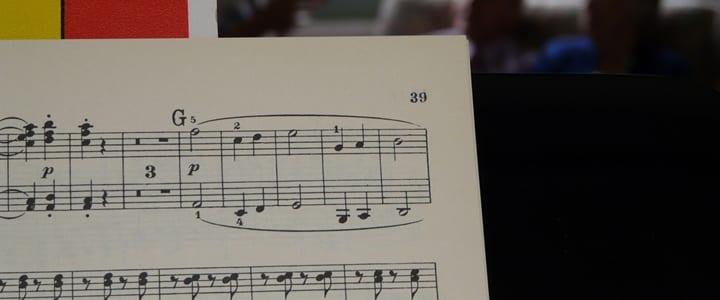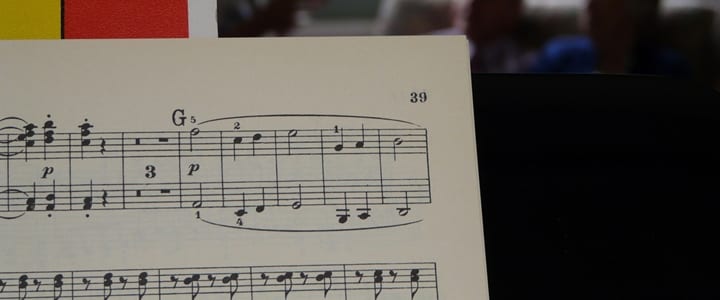If you really want to advance your piano playing, mastering the art of sight reading can take you far. But if you’re struggling, don’t worry. Although some people have a more natural ability to pick up a piece of music and play it sight unseen, the good news is that sight reading is a skill you can improve upon with practice–and even teach yourself from scratch.
In fact, there are basic things you can do every day that will improve your dexterity and translate to your piano skills. Try the following:
Work on Your Typing
Even if your typing skills don’t extend beyond the odd post on forums or social media, you are almost certainly using both of your hands in a coordinated way. The next time you sit in front of a computer rather than a piano keyboard, look up. Try to learn, even if slowly, how to type properly. It will pay dividends with your piano playing, as you’re trying to train and coordinate your hands and fingers!
Work Each Hand Independently
Make sure to do hand and finger exercises with both hands–not just your dominant one. The more ably and easily your hands can work independently of each other, the easier you will find it to read two lines of music at once, and translate what’s on the page to your fingers.
Reading the Map
Unraveling the Notes
If you are a beginner musician as well as a beginner pianist, then you have the perfect opportunity to reduce the music you are studying down into the smallest building blocks, and improve your musicianship as you practice sight reading. This is a skill you can teach yourself at home each time you pick up a new piece of music.
To begin, look at the time signature and the first bar. How many notes are there? If it’s a bar of common time, are they all quarter notes, or are there eighth and sixteenth notes as well? Are there any syncopated rhythms, or is the basic layout of the bar reasonably simple? Do this for each hand individually, and as you become more adept, use the same analytic process for both hands at the same time. There are several words and phrases that you can learn to help you work out the exact rhythm of note groupings as well–for example, “hippopotamus” is a useful word to work out the exact note distribution in a quintuplet, and “Sicily” will help you with triplets.
Good luck with your sight reading–it’s a skill that will come in handy throughout your piano-playing career!
Photo by tristanf
Suzy S.


